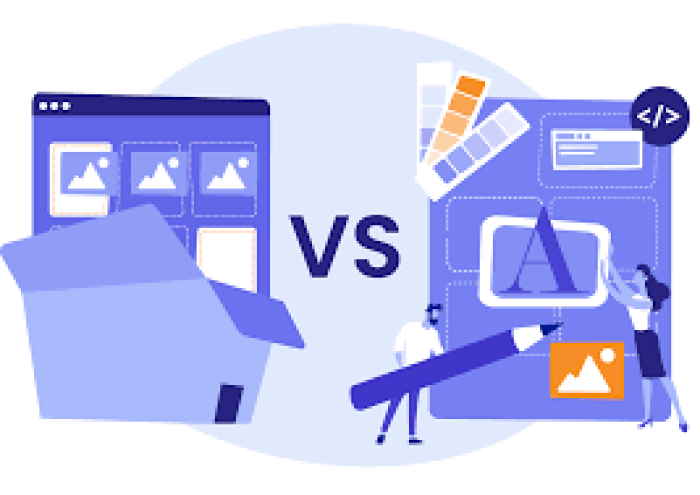In the ever-evolving landscape of UI/UX design, one aspect continues to stand out as a key driver of innovation and differentiation: custom themes. From websites to mobile apps, custom themes offer designers the opportunity to create unique and memorable user experiences that reflect the brand identity and resonate with their target audience. In this blog post, we’ll delve into the significance of custom themes in UI/UX design and explore how they can elevate the overall user experience.
Understanding Custom Themes
Custom themes refer to the design elements, including color schemes, typography, imagery, and layout, that are tailored to a specific brand or project. Unlike generic templates or pre-designed themes, custom themes are meticulously crafted to align with the brand’s personality, values, and target demographic. They serve as a visual representation of the brand’s identity and help establish a cohesive and recognizable presence across various digital touchpoints.
The Importance of Custom Themes
Brand Identity: Custom themes play a crucial role in reinforcing brand identity and creating brand recognition. By incorporating brand colors, typography, and imagery into the design, designers can evoke the brand’s personality and establish a consistent visual language that resonates with users.
User Engagement: A well-designed custom theme has the power to captivate users and enhance their overall experience. Thoughtfully chosen colors, intuitive navigation, and visually appealing layouts can grab users’ attention, encourage exploration, and ultimately drive engagement and retention.
Differentiation: In today’s competitive digital landscape, standing out from the crowd is essential for success. Custom themes offer designers the opportunity to differentiate their designs from generic templates and create a unique and memorable user experience that sets their brand apart.
Emotional Connection: Design is not just about aesthetics; it’s also about eliciting emotional responses from users. Custom themes allow designers to evoke specific emotions or convey brand values through visual elements, helping to forge a deeper connection with users and foster brand loyalty.
Elements of a Custom Theme
Color Scheme: The choice of colors can significantly impact the mood and perception of a design. Custom themes often incorporate brand colors while also considering color psychology and accessibility standards to ensure an optimal user experience for all users.
Typography: Typography plays a crucial role in shaping the readability, hierarchy, and overall aesthetic of a design. Custom themes leverage typography to reflect the brand’s tone and personality while ensuring clarity and legibility across different devices and screen sizes.
Imagery and Graphics: From photographs to illustrations, visual elements can bring a custom theme to life and convey the brand’s message in a compelling way. Designers carefully select imagery and graphics that align with the brand’s aesthetic and resonate with the target audience.
Layout and Structure: The layout and structure of a design determine how information is presented and organized for optimal usability. Custom themes prioritize user-centric design principles, intuitive navigation, and seamless interactions to enhance the user experience and facilitate task completion.
Conclusion
In the realm of UI/UX design, custom themes are more than just aesthetic choices; they are powerful tools for expressing brand identity, driving user engagement, and fostering emotional connections with users. By crafting custom themes that reflect the brand’s personality and resonate with the target audience, designers can create truly memorable and impactful user experiences that leave a lasting impression.
In an increasingly competitive digital landscape, embracing the power of custom themes can be the key to unlocking success and differentiation for brands seeking to stand out and make a meaningful impact in the hearts and minds of their users.

